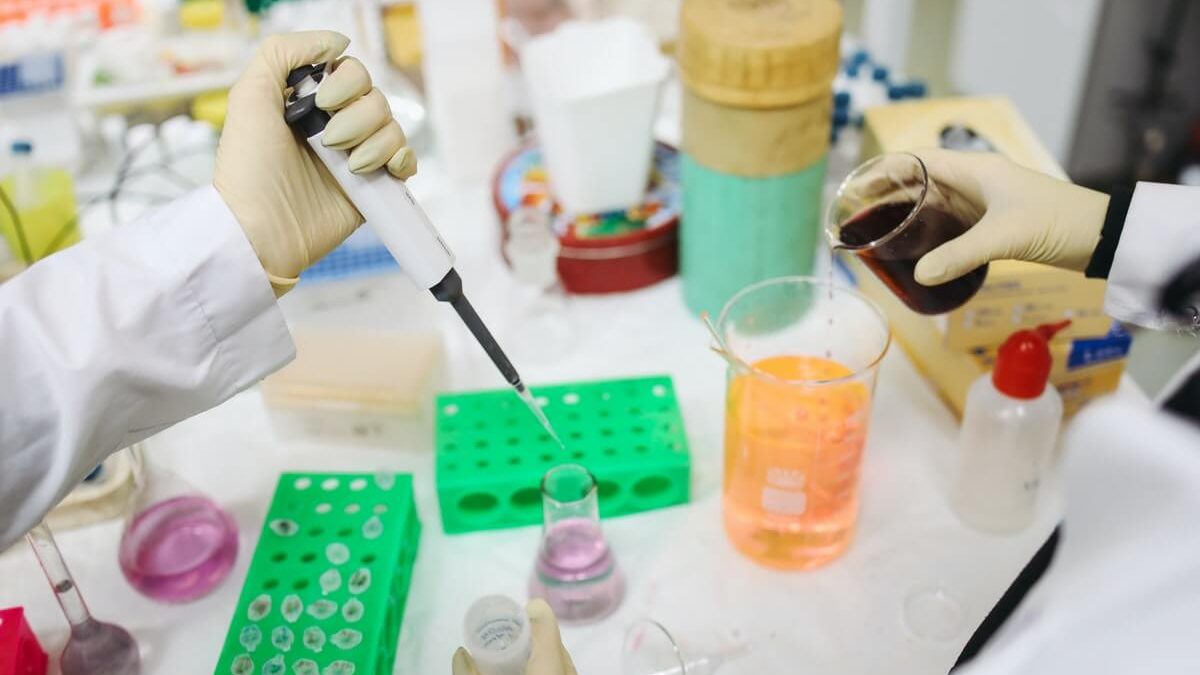Petroleum testing is essential in the petroleum industry to test various products and product components and petroleum by-products.
There are petroleum testing instruments which are the best tools for testing critical aspects of petroleum:
- Kinematic viscosity
- Flash point testing
- Lubricant and grease testing.
Petroleum testing also applies to various products which use petroleum in other forms, including wax-based products. You can also use petroleum testing methods in aspects of food testing, and for environmental monitoring of water and soil.
What Tests are there for Petroleum Products?
The tests that you can carry out on petroleum products include:
- Flash point testing
- Kinematic viscosity
- Vapour pressure testing
- Chemical composition
- Oxidation and nitration
- Water content.
Flash Point Testing
Flash point testing will determines the flash point of a material, which is the lowest point at which its vapours will ignite.
This testing is essential for classifying chemicals containing petroleum, for assessing their flammability risk accurately.
The lower the flash point temperature of a substance, the higher its risk of flammability is.
Also Read: Why is Waterjet Cutting Technology Becoming Popular?
When it comes to testing engine oils, flash point will indicate the potential for oil dilution by fuel, and will help determine whether oil thinning is due to contamination of degradation.
There are various tools for flash point testing, including open cup testers and closed cup testers. Open cup involves a container that is exposed to the outside air, while closed cup uses a sealed-off vessel. These methods can be manual or automated.
Kinematic Viscosity
Kinematic viscosity is a fundamental parameter for petroleum products and the analysis of lubricating oils. It is the measure of how resistant a material is to motion under applied force.
The viscosity of a liquid can influence its performance, and the viscosity value of lubricating oils will changes during usage.
The viscosity index is an important measurement in oil classification, because it describes the temperature dependency of an oil’s viscosity.
The tool for testing viscosity is a viscometer. This measures the viscosity and flow properties of liquids.
There are three main types of viscometer:
- Capillary, or glass
- Rotational
- Falling ball and falling piston.
Vapour Pressure Testing
Reid Vapour Pressure (RVP) is a measure of the volatility of petroleum products, including petrol.
It is the absolute vapour pressure that the vapour of a liquid exerts.
This is an important test for determining at how well fuel-powered vehicles operate with different petroleum products, and it also applies to crude oil. It vapour pressure will determine how well it will perform during handling.
A vapour pressure analyser will give indications of product performance, and can identify the effects of additives.
Of the various tests this type of instrument can perform, RVP is one of the quickest, simplest methods for measuring the volatility of crude oils and petroleum products.
Chemical Composition
Testing the chemical composition of petroleum products is essential to ensure they are free from contaminants and contain the correct balance of chemicals for their intended purpose.
These products include:
- Fuels
- Engine oils
- Transmission oils
- Lubricants
- Cooling fluids.
The mass spectrometer is a specialist tool for measuring the mass of different molecules within petroleum products.
The process works by vapourising molecules in a sample, bombarding them with an electron beam to convert the vapours to ions, then measuring the mass of charged particles.
This method can estimate closely the purity of a test sample and monitor its reactions. It can identify and quantify samples.
Oxidation and Nitration
Oil lubricants can undergo chemical changes during use. When these changes occur, they can have a negative effect on performance.
Testing lubricants for oxidation can detect for signs of depletion of essential additives or contamination in oil.
Air and heat cause oxidation in oil. This can cause a build-up of carboxylic acids, which can eventually cause corrosion in machinery.
To protect lubricants, they contain antioxidant additives. But when these deplete, the lubricant is more prone to oxidation.
Nitration can cause premature thickening of engine oils. It builds up from nitrous oxides forming due to nitrogen and oxygen reacting to heat produced in engines.
Also Read: Robots You Never Knew You Needed
As with chemical composition, a spectrometer will measure oxidation and nitration, but it is also important to measure viscosity as a critical parameter.
Water Content
It is important to test refined petroleum products for water content to maintain high standards of quality control, and to meet trade specifications. Testing for water content also supports process optimisation.
Water content tests include:
- Water content by distillation
- Water vapour content
- Trace analysis
- Water and sediment testing.
A common technique for water content testing is infrared spectroscopy using a spectrometer.
Modern Tools for Petroleum Testing
There is a broad range of specialist and advanced tools for petroleum testing. These include:
- Open and closed cup flash testers
- Kinematic viscometers and kinematic viscosity baths
- Oxidation stability apparatus
- Water separability testers
- Benchtop and hand held spectrometers.
These will test petroleum and petroleum products for key parameters that determine both quality and safety.


Stay connected